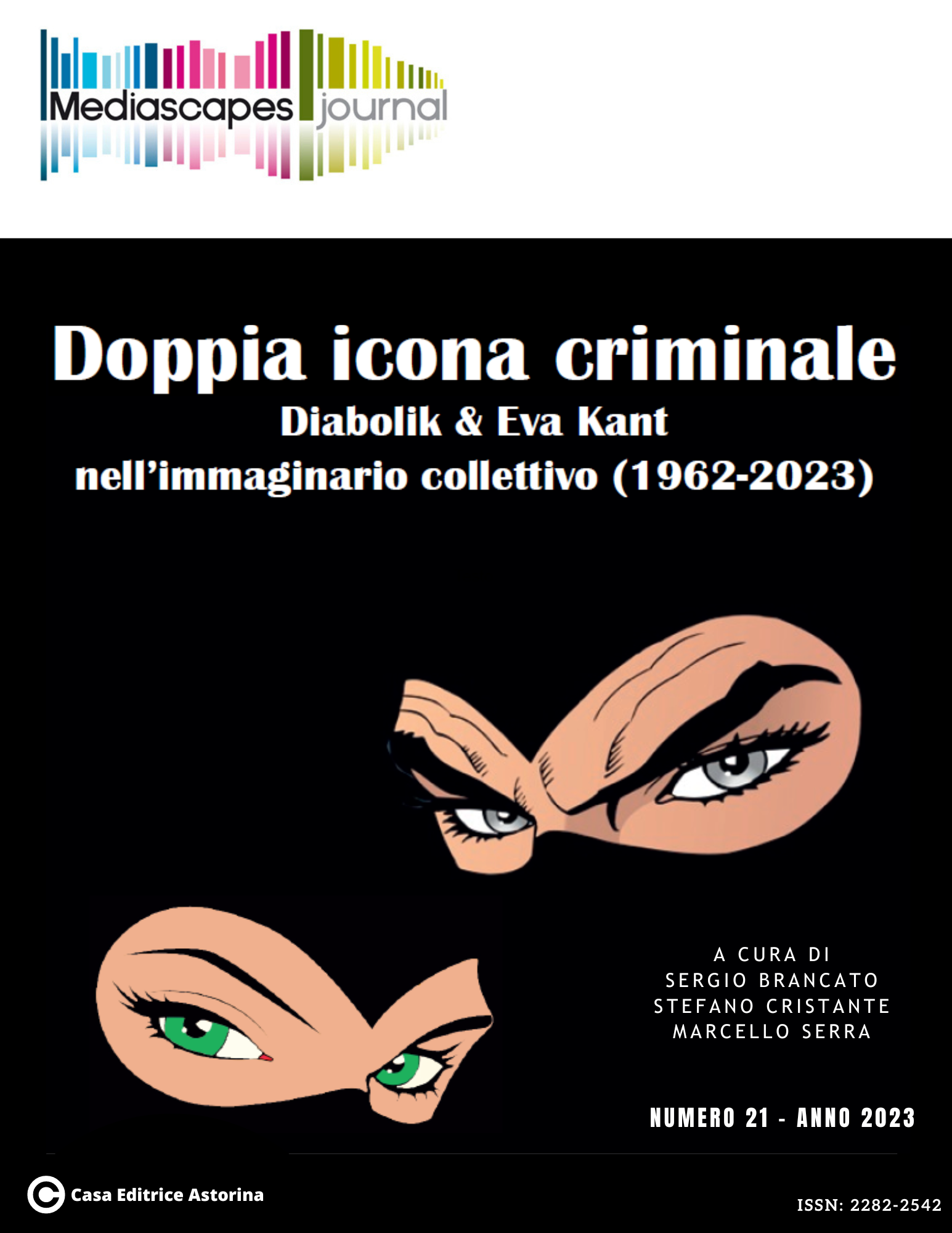The Dual Allegiance
Dialectical Communication in British Socialist Feminist Periodicals 1972–84
Keywords:
The Dual Allegiance, Socialist Feminism, Feminist Periodicals, Feminist DialecticAbstract
The burgeoning Women’s Liberation Movement in 1970s Britain introduced a shift of political consciousness for socialist women active in the organised labour movement. Male-dominated organisations like the Communist Party of Great Britain (CPGB) and the International Socialists (IS), later Socialist Workers Party (SWP), were slow in reacting to the rapid surge of women becoming politicised through consciousness-raising groups and developing a political understanding of personal and sexual power dynamics between men and women. Increasingly, socialist women became dissatisfied with the replication of patriarchal structures on the political Left and embraced frameworks of feminist collectivity. And yet, their commitment to a class-based feminist analysis also resulted in an uneasy relationship with the separatist tendency of the Women’s Liberation Movement which exhibited hostility towards any ideas associated with the male left. As such, many socialist feminists found themselves placed between two competing political ideals, referred to as the problem of “dual allegiance.” In an effort to resolve this tension, independent socialist feminist periodicals such as Red Rag: A Magazine of Women’s Liberation and Scarlet Women: Newsletter of the Socialist Current in the Women’s Liberation Movement emerged to be used as forums of debate. Recognising the popularity these publications generated among women, the CPGB and the IS/SWP initiated the production of their own women’s periodicals, namely Link: Communist Party Women’s Journal and Women’s Voice, respectively. By applying the framework of feminist dialectics in Gracie Lyon’s 1976 handbook Constructive Criticism, this paper reveals how the material form of the periodical, particularly the letter-to-the-editor pages, enabled good-faith negotiations about the socialist feminist dual allegiance. While Red Rag and Scarlet Women more readily embraced feminist dialectic principles of difference and criticism, Link and Women’s Voice were more editorially limited to their respective party-line. This paper concludes with observations about how the serialised, kaleidoscopic form of the periodical enabled varying degrees of feminist dialectical correspondence according to the editorial and political backgrounds of those producing the publications.
Downloads
Published
How to Cite
Issue
Section
License

This work is licensed under a Creative Commons Attribution 4.0 International License.
Mediascapes Journal is published under a Creative Commons Attribution Licence 4.0.
With the licence CC-BY, authors retain the copyright, allowing anyone to download, reuse, re-print, modify, distribute and/or copy their contribution. The work must be properly attributed to its author. It should be also mentioned that the work has been first published by the journal Anuac.
Having published these contributions for the first time, Mediascapes Journal will have the right to publish them integrally or partially as reprints or possibly as part of a thematic issue, in both digital and printed format.
It is not necessary to ask further permissions both to author or the journal.


